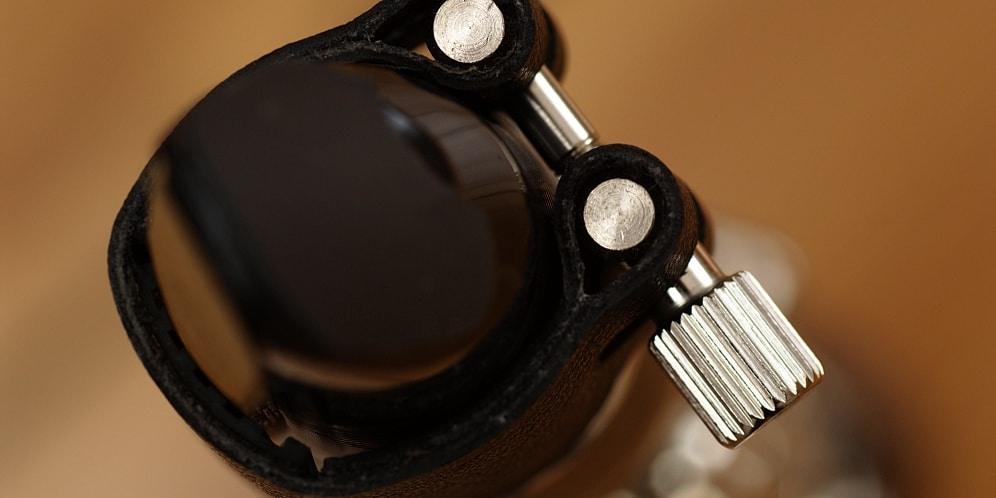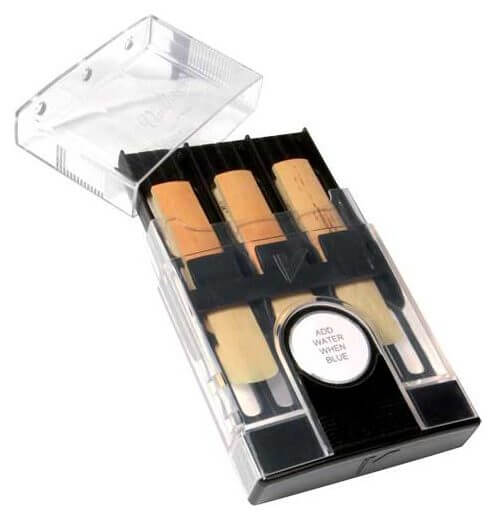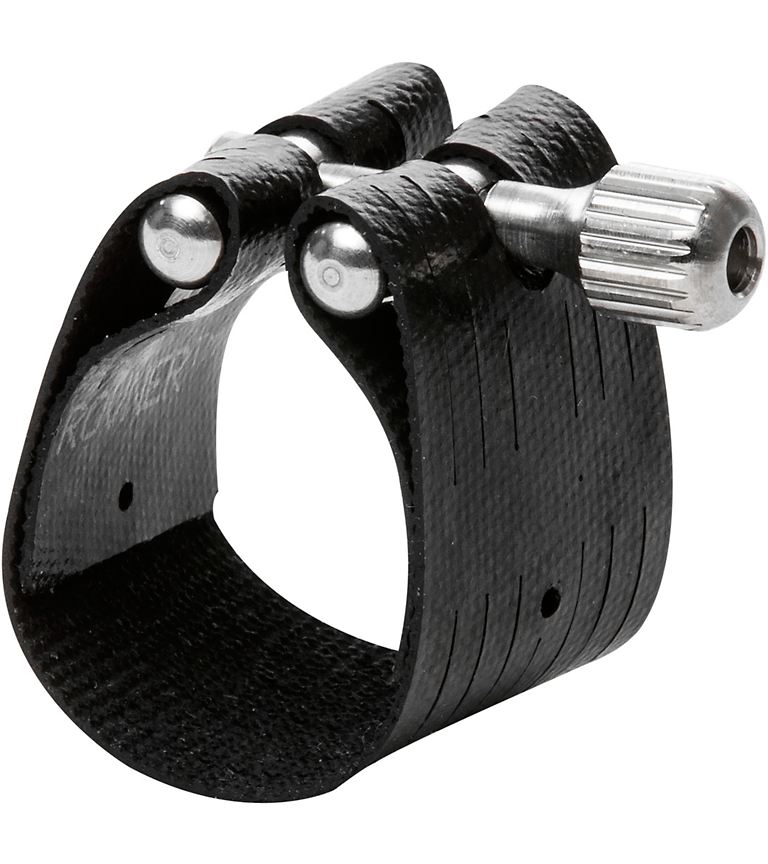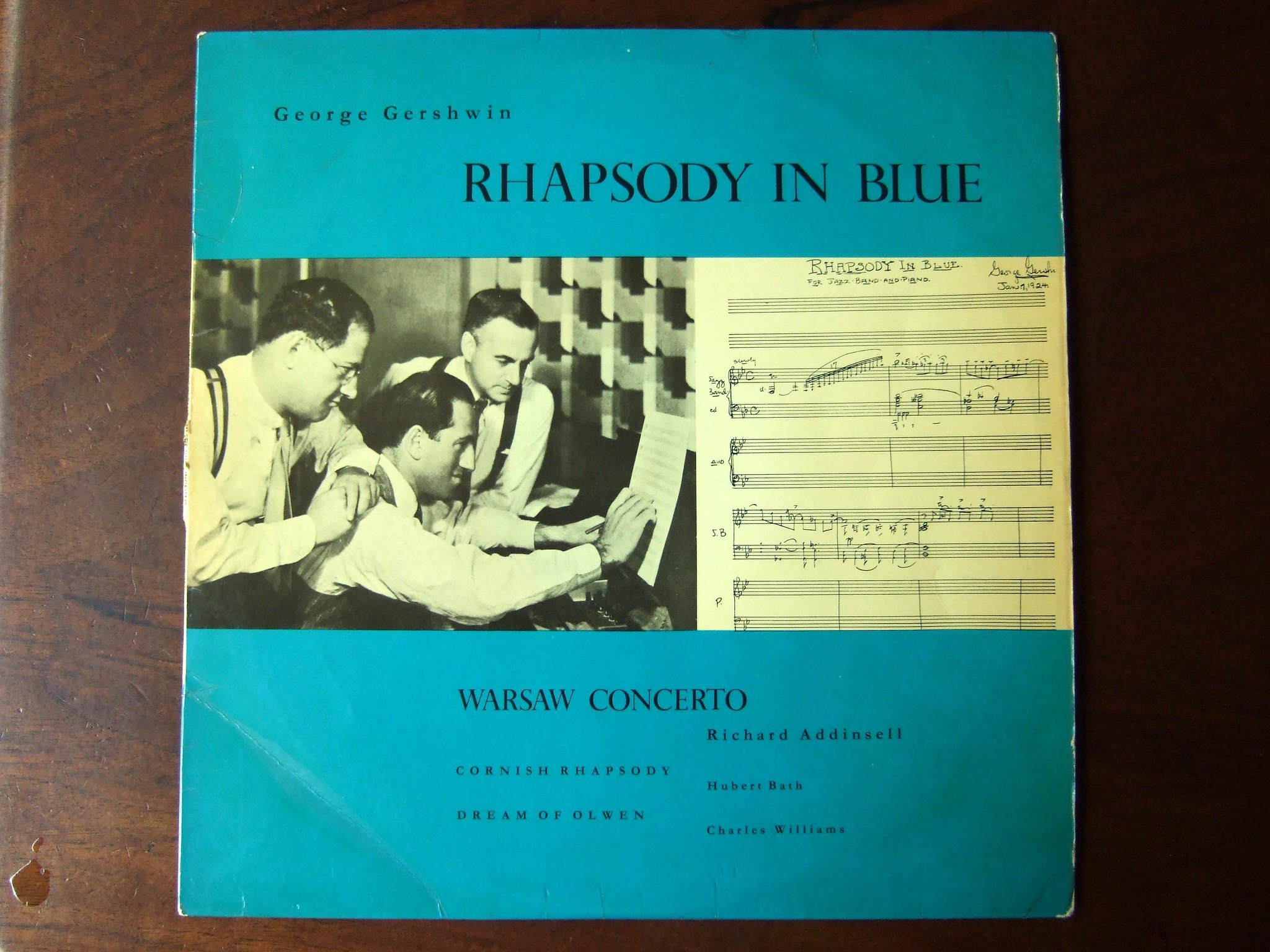The clarinet is a wonderful and beautiful instrument! Along with the clarinet itself, there are essential clarinet accessories that aid in making the clarinet the beautiful instrument that it is. In this section, we’ll be going over clarinet reeds, reed cases, ligatures, and maintenance items.
Clarinet Reeds
Reeds are the clarinet’s best friend. Without the reed, the clarinet would not be able to make a sound. The sound is made when the clarinetist blows air through the instrument, causing the reed to vibrate against the mouthpiece.
When purchasing clarinet reeds, make sure you are purchasing the correct reeds for the style of clarinet you have. This means purchasing Bb clarinet reeds if you have a Bb clarinet.
In this section, I will cover important topics when discussing reeds: reed strength, reed brands, and reed care.
Reed Strength
Reeds come in a variety of strengths. Another way to think of reed strength is the amount of resistance the reed has against the player’s airstream. Some reed brands will label the strengths as follows: soft, medium-soft, medium, medium-hard, and hard. Other reed brands use a 1-5 number system that goes up by half numbers: 1, 1.5, 2, 2.5, and so on. The higher the number is, the harder/more resistant the reed will be.
It is important to find a reed strength that matches the clarinetist’s skill level. A reed that is too soft will produce an excessively bright and nasally sound. A reed that is too hard will produce an airy, muffled sound. If a reed is too hard, it may be difficult for the clarinetist to play in the higher ranges. For beginners, I recommend starting them on reeds that are labeled as soft, soft-medium, 2.5, or 3. If a beginner starts on a reed that is too hard, they may become discouraged easily. As the clarinetist advances, they can begin experimenting with harder reed strengths.
Reed strength does not determine how advanced you are as a clarinetist! It is not a race to get to the highest reed strength!
Reed Brands
The reed brands that I have found very reputable and of good quality are Vandoren and D’Addario.
Beginner reeds: Vandoren Traditional Bb Clarinet Reeds (blue box), Rico by D’Addario Bb Clarinet reeds.
Intermediate to Advanced: Vandoren V12 Clarinet reeds, Vandoren 56 rue Leipic Clarinet reeds, Vandoren V21 Clarinet reeds, D’Addario Woodwinds Reserve (classic and evolution).
Reed brands are determined by personal preference for the clarinetist! Choose the brand that feels most comfortable to you and that will best enrich your playing.
Reed Care
Reeds are very delicate and should be handled with care! Always handle the reed at the thickest part (the bottom).
When purchasing reeds, the reeds will be in plastic holders. The plastic holders are okay for temporary use, however, the plastic holders have the potential of warping, breaking, and drying out the reed. I recommend purchasing a reed case that allows the reed to lay flat, keeps the reed moist, and can hold up to six reeds. There are reed cases that have a spot for small humidity packs that help control the humidity levels inside the reed case. The humidity packs will be squishy at first, and then they will harden which is when a new humidity pack should be used. Humidity packs are definitely not required for all clarinetists.
I use Vandoren's Hygro Bb Clarinet Reed Case. I love this reed case because it fits six reeds and it has a compartment that holds a small sponge to keep the reeds moist. On the front, there is a humidity controller that changes color when the sponge needs to be soaked again.
Breaking in the reed is a very important process. It is similar to breaking in a new pair of shoes. When buying a new pair of shoes, you probably wouldn’t go for a run right away because you would get blisters. When playing on a brand new reed, avoid playing on it for more than ten minutes. The reed needs time to adjust to vibrating.
Also, keep at least three new reeds in your reed case at all times and rotate between the three reeds! Playing on the same reed every day will wear out the reed very quickly. Instead, every day choose a different reed to play. Unfortunately, reeds do not last forever. There will come a time where your favorite reed will no longer speak like it used to. Most reeds have a life span that lasts up to two or three weeks.
I write the date I opened my reed on the back of the reed so I know how long I have played on the reed.
Most reed cases that hold up to six reeds will have numbers in order to help the clarinetist with the reed rotation.
Ligatures
Ligatures may be little, but they play a very important role in clarinet playing. Clarinet ligatures not only hold the reed in place, but they also help control how much the reed vibrates. The most common ligatures are made out of metal or leather.
For beginners, I would suggest starting with a ligature that is inexpensive. Once the clarinetist has had the chance to understand ligatures and how ligatures work with their instrument, they can always upgrade to more professional models.
There are two different styles of ligatures: inverted and standard. The standard ligatures have the screws facing the player whereas inverted ligatures have the screws facing away from the player. Whichever ligature style the clarinetist uses is up to them. I find that the inverted ligatures allow the reed to vibrate more freely.
Maintenance Items
Maintenance is important because it keeps your clarinet clean and as new as possible. All of these maintenance items can be purchased on Woodwinds and Brasswind's website or at your local music store.
Swabs
Swabbing the clarinet is very important after playing because it cleans out all of the moisture inside of the clarinet. If the moisture is not cleaned out, mold can grow inside of the clarinet … gross! Many swabs are silk or microfiber materials and they work wonders.
How to Swab:
-
Take the reed, ligature, and mouthpiece off of the instrument and store safely.
-
Carefully flip the clarinet upside-down so the bell faces upwards.
-
Drop the string of the swab down the bell until you can grab the string out of the barrel.
-
Very gently and slowly pull the swab through the clarinet.
Cork Grease
At the end of the mouthpiece and at the end of the top and bottom joints are corks that allow the clarinet parts to smoothly connect. Cork grease is like chapstick for the corks! It keeps the corks moist. With newer clarinets, the clarinetist should apply cork grease every time before they play for at least two weeks. Make sure to not confuse your cork grease with chapstick! That wouldn’t taste so good!
Closing Advice
It may seem overwhelming trying to keep track of all of these accessories and their functions. However, with daily practice and repetition, it will all make sense very quickly.
All of these accessories can be found on the Woodwind and Brasswind site. I find this website very helpful because they have a large variety of items with helpful descriptions and videos.
Photo by Steffen Zahn | CC BY-ND 2.0






